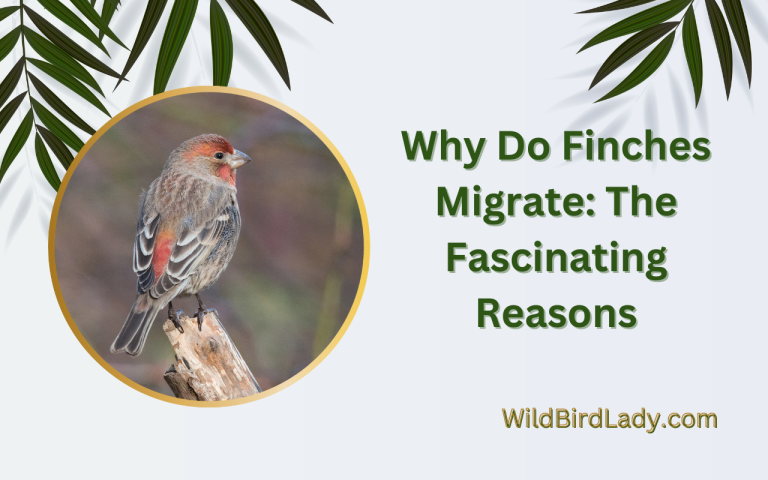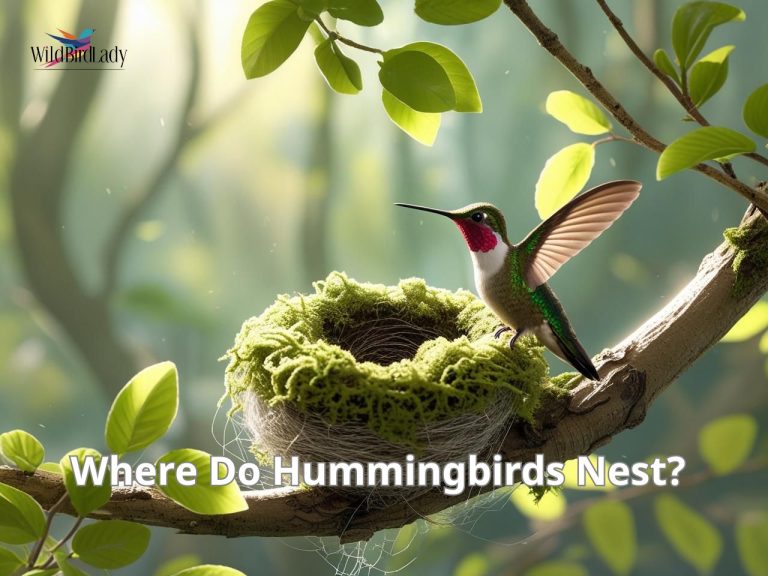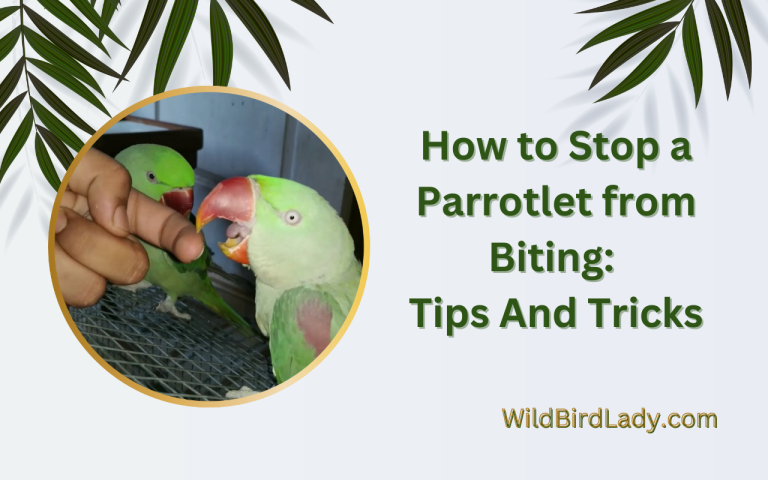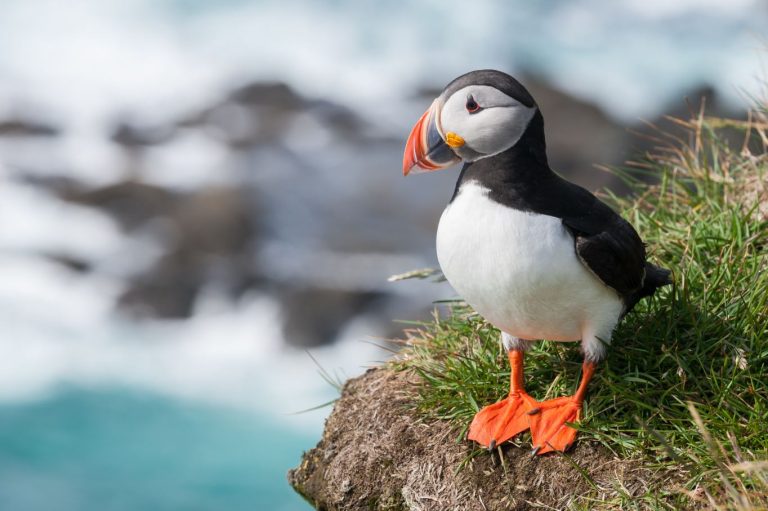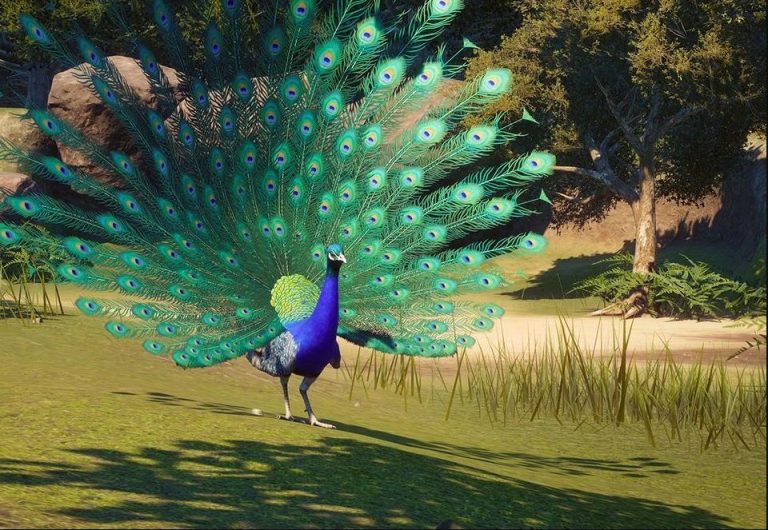Why Do Owls Stand on One Leg? Uncovering the Mystery Behind This Curious Posture
Introduction: A Silent Perch in the Forest
I remember the first time I saw an owl standing quietly on one leg, perched on a low branch just before dusk. I stood there watching it for several minutes, expecting it to shift, to balance, to reveal some discomfort. But it didn’t. It simply remained still—one leg tucked up, the other straight and strong beneath its body. For a long time, I wondered: Why do owls stand on one leg?
As a birdwatcher for over 13 years, I’ve come to learn that nature rarely does anything without a reason. This behavior, while it might seem quirky or cute to the casual observer, actually holds fascinating insights into owl physiology, energy conservation, thermoregulation, and even evolutionary strategy.
Let’s take a deep dive into the reasons behind this iconic one-legged stance.
1. Conserving Body Heat: Thermoregulation in Owls
One of the most scientifically supported reasons owls—and many other bird species—stand on one leg is to conserve body heat.
Birds lose a significant amount of heat through their legs and feet, which are not covered by feathers. Unlike mammals, birds don’t have thick layers of fur or fat on their extremities, so their exposed limbs can become major heat loss points.
By tucking one leg up into their warm feathered bodies, owls reduce heat loss by half.
According to the Cornell Lab of Ornithology, “Birds frequently stand on one leg during rest, especially in cool conditions, to minimize heat loss through their bare legs.”
This behavior is most often observed in:
- Cold weather
- Windy conditions
- During rest or sleep
It’s nature’s version of insulation—efficient, instinctive, and perfectly adapted.
2. Muscle Fatigue Prevention: Letting One Leg Rest
Standing for long periods, even with lightweight bodies, can put strain on a bird’s muscles. Owls, being mostly sedentary during the day, often perch for extended stretches without much movement.
By alternating legs, they prevent muscle fatigue.
Think of it like how we humans shift our weight from one foot to the other when standing too long. For owls, this switch allows one leg to rest while the other takes over the support role. It’s not laziness—it’s smart biomechanics.
This alternating pattern helps owls maintain balance, circulation, and muscle efficiency—all with minimal energy use.
3. Relaxed Sleep Position: Part of the Roosting Posture
Owls are known for their still, upright perching habits. They are masters of silent rest, often remaining motionless for hours while dozing or keeping watch.
During this period, you’ll frequently see them standing on one leg with their feathers fluffed—a position that serves multiple purposes:
- Keeps the non-supporting leg warm
- Reduces muscle engagement
- Signals a state of relaxation or light sleep
Interestingly, some owls may even tuck their beaks under their shoulder feathers during this posture—a classic bird “nap” pose.
Dr. Scott Weidensaul, ornithologist and author, notes: “This one-legged stance is part of the bird’s resting toolkit. It means the bird is at ease in its environment.”
So next time you see an owl on one leg, know that it’s not anxious or unwell. It’s simply relaxed.
4. Reflexive Tendon Locking: Birds Don’t Fall Asleep Standing
One of the marvels of avian anatomy is a mechanism called “flexor tendon locking.” This feature allows birds, including owls, to sleep while perched without falling off.
When a bird bends its leg, a tendon locks the toes around the perch. The locking mechanism keeps the foot clenched even during sleep—without requiring conscious muscle effort.
This means that even while balancing on one leg, an owl can sleep securely. The other leg, tucked up, doesn’t interfere with this grip. And since owls often sleep during the day and hunt at night, this efficient resting system helps conserve energy.
5. Environmental Cues and Body Language
Bird behavior often communicates subtle cues—both to other birds and to potential threats.
In the case of owls:
- Standing on one leg might signal a low-alert state, meaning the bird doesn’t feel threatened.
- In some species, the tucked leg can also signal non-aggression to others in the vicinity.
Although owls are typically solitary, certain environments (like roosting trees in winter) may host multiple owls. These nonverbal cues help maintain peace and reduce unnecessary movement or interaction.
6. A Trait Shared by Many Birds
While it’s particularly striking in owls because of their size and stillness, many birds stand on one leg, including:
- Herons
- Flamingos
- Hawks
- Parrots
- Gulls
- Songbirds
What’s different is that owls often do this at rest and in shadowy forested settings, giving the pose a mystical, contemplative aura. It’s part of what makes owl watching so mesmerizing—you’re witnessing a creature perfectly in tune with its surroundings.
7. Does It Happen in All Owl Species?
In my own experience across North America and parts of Southeast Asia, I’ve seen many owl species display this posture. Some notable examples:
- Eastern Screech Owl – often seen on one leg in tree cavities
- Great Horned Owl – large, yet still tucks one leg while perched
- Barn Owl – uses this stance during rest in barns and hollow trees
- Snowy Owl – does it even in open tundra conditions
- Barred Owl – a forest favorite, frequently perches one-legged during the day
So yes, this is a universal owl behavior across habitats, sizes, and continents.
8. Can It Ever Indicate Injury?
This is an important question.
While standing on one leg is normal and healthy behavior, constant favoring of one leg without switching—especially combined with signs of distress, limping, or imbalance—may indicate injury.
If you observe an owl (or any bird) consistently keeping one leg elevated, unable to perch comfortably, or dragging a foot, contact a licensed wildlife rehabilitator or your local conservation group.
But in most cases, especially when the bird appears calm, upright, and otherwise healthy—there’s no need to worry.
9. What Can This Teach Us as Birdwatchers?
Watching an owl stand on one leg is more than a cute moment—it’s a lesson in evolution, adaptation, and survival. Here’s what I’ve learned from these encounters:
- Birds are efficient, intentional beings. Nothing is random.
- What seems like a quirk may have deep biological purpose.
- Stillness in the wild is a form of wisdom.
Owls have evolved to live in harsh environments—from frigid tundras to dense woodlands—and every aspect of their posture supports their ability to thrive.
As a birdwatcher, I find these small details—the quiet ones, the still ones—the most meaningful.
Summary Table: Why Owls Stand on One Leg
| Reason | Description | Scientific or Behavioral? | Common in Other Birds? |
|---|---|---|---|
| Thermoregulation | Reduces body heat loss through unfeathered legs, especially in cold weather | ✅ Scientific | ✅ Yes |
| Muscle Fatigue Prevention | Allows one leg to rest while the other supports body weight | ✅ Scientific | ✅ Yes |
| Sleeping/Resting Posture | A relaxed position for napping or light sleep | ✅ Behavioral | ✅ Yes |
| Tendon Lock Mechanism | Helps owls perch securely even while sleeping on one leg | ✅ Scientific | ✅ Yes |
| Environmental Comfort | Indicates a low-alert state in a safe, calm environment | ✅ Behavioral | ☑️ Sometimes |
| Species-Wide Behavior | Observed across all major owl species in different habitats | ✅ Universal Owl Trait | ✅ Yes |
| Rarely a Sign of Injury | Constant favoring of one leg may indicate injury, but usually not | ⚠️ Warning Context | ✅ Yes |
Final Thoughts: The Beauty of the One-Legged Owl
So, why do owls stand on one leg?
The short answer: To stay warm, rest efficiently, and conserve energy.
But the long answer is richer. It’s about evolutionary mastery. About silent survival. About how nature has built these creatures to thrive in darkness and stillness.
“Stillness is not the absence of movement,” I often say to my students. “It’s the presence of something deeper—awareness, balance, and wisdom. And no bird teaches us that better than the owl.”
Next time you see an owl resting on one leg, don’t be puzzled—be grateful. You’ve just witnessed nature at its most subtle and sublime.


